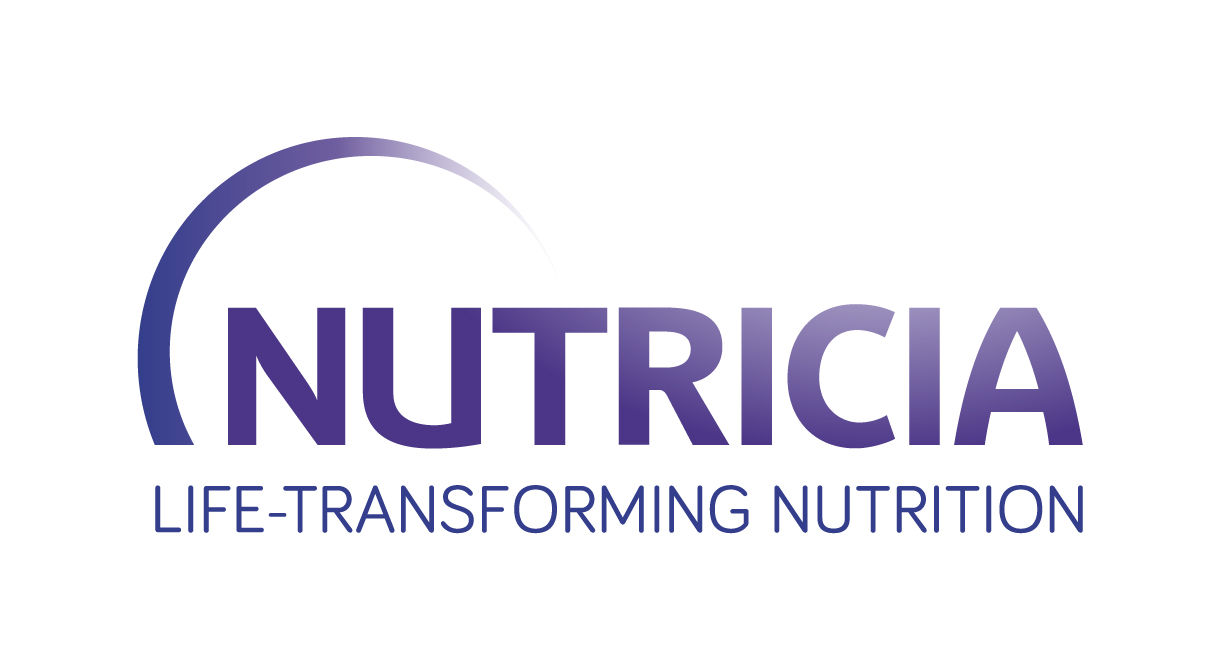Iben is a lively six-year-old diagnosed with Rett syndrome, a neurological condition that impacts her motor skills and communication. Since she was a baby, her parents noticed challenges with feeding, as Iben loved food but couldn’t always eat enough. Mealtimes often took over an hour, leaving her parents worried about her nutrition and growth.
After a year of consideration, Iben’s family decided to start tube feeding with guidance from her care team. The transition was smoother than expected, and within weeks, Iben was more energetic and gaining weight. Now, she receives tube feeds as needed, allowing her to join family meals without the pressure.
Tube feeding has given Iben and her family more time to play, explore, and enjoy each day together. Their advice to others?










